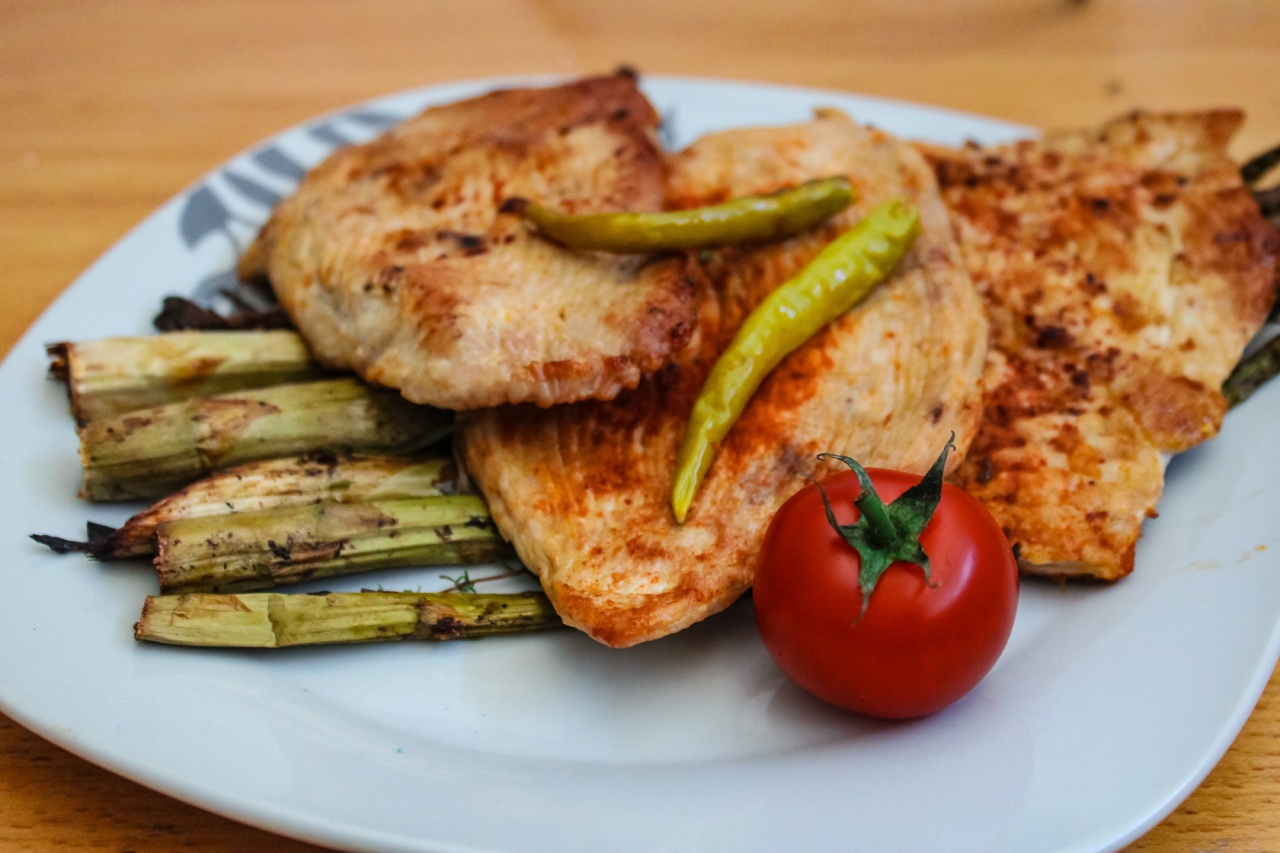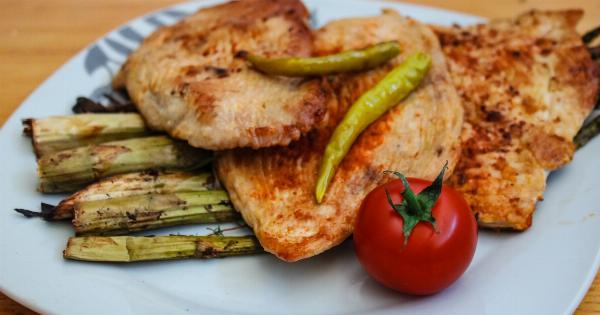Meat baking is a popular cooking method that can result in delicious and flavorful dishes. However, it is important to be aware of potential health risks associated with this cooking technique.
In this article, we will explore various ways to ensure safe meat baking and minimize the risks involved.
1. Choose Quality Meat Products
When it comes to meat baking, selecting high-quality meat is of utmost importance. Opt for fresh cuts that are sourced from reputable suppliers. Look for firm textures, vibrant colors, and well-marbled cuts.
Avoid purchasing meat with an unpleasant odor or any signs of discoloration.
2. Proper Handling and Storage
Proper handling and storage of meat is crucial for maintaining its freshness and reducing the risk of foodborne illnesses. Always store raw meat in the refrigerator at temperatures below 40°F (4°C).
Ensure that the meat is wrapped securely in leak-proof packaging to prevent cross-contamination with other foods.
3. Thoroughly Clean Cooking Utensils
Before baking meat, it is essential to clean all the cooking utensils and equipment thoroughly. Rinse knives, cutting boards, and baking trays with hot soapy water to eliminate any potential bacteria.
This practice will prevent the growth and transfer of harmful microorganisms during the cooking process.
4. Avoid Undercooking
Undercooked meat can pose significant health risks, as harmful bacteria may remain active. To avoid this, ensure that meat products are cooked at a safe internal temperature. Use a meat thermometer to accurately measure the temperature.
For example, poultry should reach an internal temperature of 165°F (74°C), while beef, pork, and lamb should reach 145°F (63°C) for medium-rare and 160°F (71°C) for medium.
5. Use Separate Cutting Boards
Preventing cross-contamination is crucial during meat preparation. It is recommended to use separate cutting boards for different types of meat, especially when handling raw poultry.
This practice reduces the risk of transferring harmful bacteria from one meat to another, ensuring the safety of the final dish.
6. Marinate Properly
Marinating meat not only enhances the flavors but also provides an extra layer of safety when done correctly. Acidic ingredients such as citrus juices, vinegar, or yogurt disrupt the growth of bacteria.
Ensure that meat is marinated in a food-safe container, refrigerated, and discard any leftover marinade that has come in contact with raw meat.
7. Thaw Meat Safely
If using frozen meat for baking, it is essential to thaw it safely to minimize the risk of bacterial growth. Avoid thawing meat at room temperature, as it allows bacteria to multiply rapidly.
Instead, thaw meat in the refrigerator, under cold running water, or using the defrost function on your microwave.
8. Avoid Cross-Contamination
Cross-contamination can occur when raw meat juices come into contact with other foods. To prevent this, always keep raw meat separate from other ingredients during preparation. Use separate surfaces, utensils, and plates for raw and cooked meat.
Wash hands thoroughly with soap and warm water after handling raw meat.
9. Keep a Clean Cooking Environment
Ensure that your kitchen and cooking area are clean and sanitized. Regularly disinfect countertops, stovetops, and oven surfaces to eliminate any potential bacteria.
Wipe away spills and drips promptly to prevent cross-contamination and a breeding ground for microorganisms.
10. Store Leftover Meat Properly
After baking meat, it is important to store any leftovers correctly to maintain their safety and quality. Ensure that cooked meat is properly cooled before refrigerating or freezing.
Divide larger portions into smaller ones to hasten the cooling process and store in airtight containers or freezer bags. Consume the leftovers within a few days or follow specific guidelines for freezing and thawing.






























